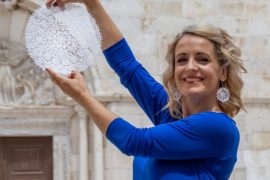This post is also available in: Croatian
The nature in and around Sinj and the entire Cetina region has always effortlessly provided perfect backdrops ideal for various types of active holidays and outdoor activities. The clear and swift waters of the gorgeous Cetina River lap gently against the vast and fertile Sinj plain, and the karst queen mountains of Svilaja, Dinara and Kamešnica all protect their kingdom with their stone springs..

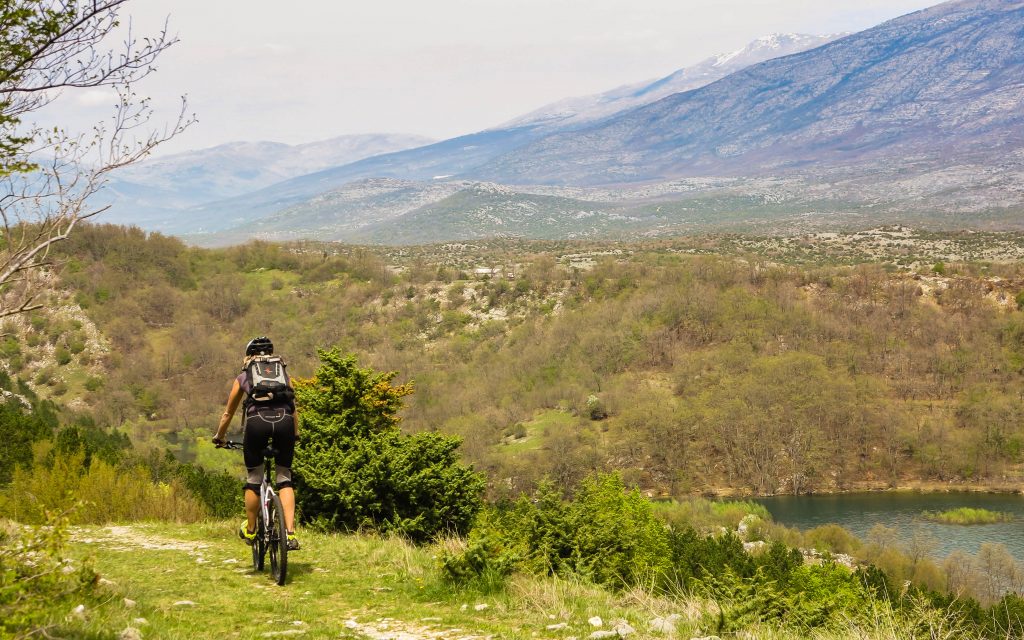
The long tradition of Sinj mountaineering is the best guarantee of an unrepeatable experience filled with conquering magnificent peaks and taking in some utterly spectacular views. Get out of your comfort zone and take a deep breath, filling your lungs with the perfectly clean mountain air, feel alive behind the wheel of a quad vehicle, or design your very own cinematic jeep safari adventure
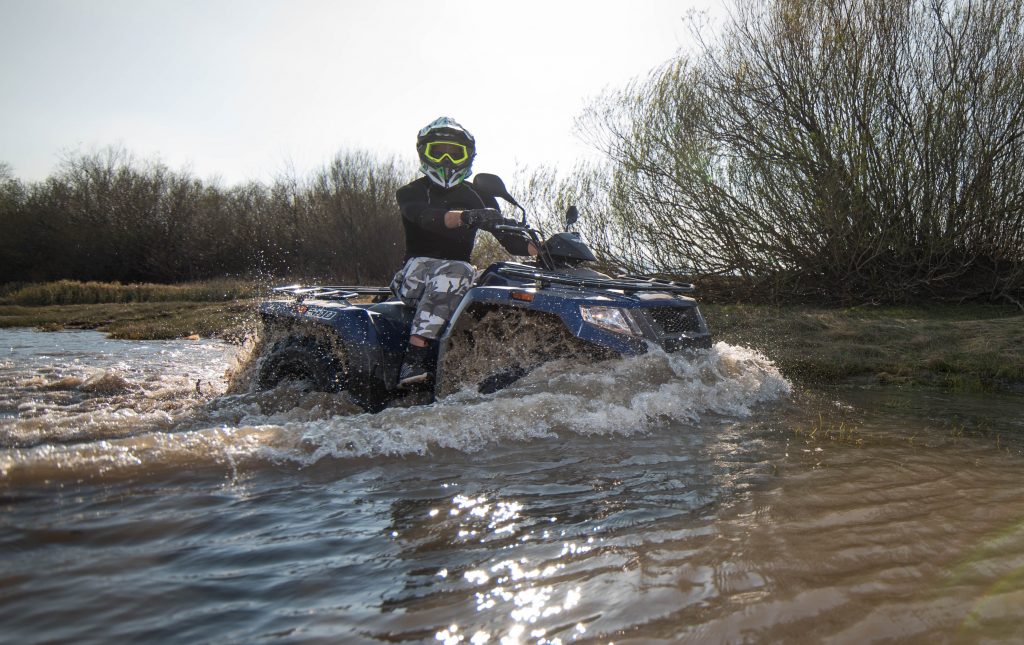

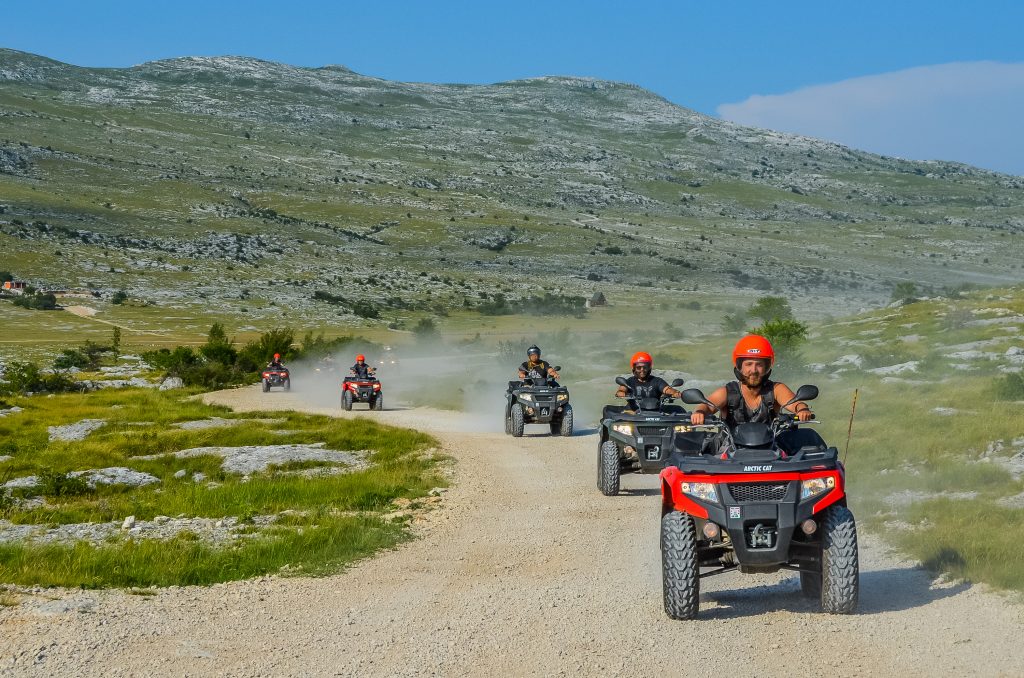
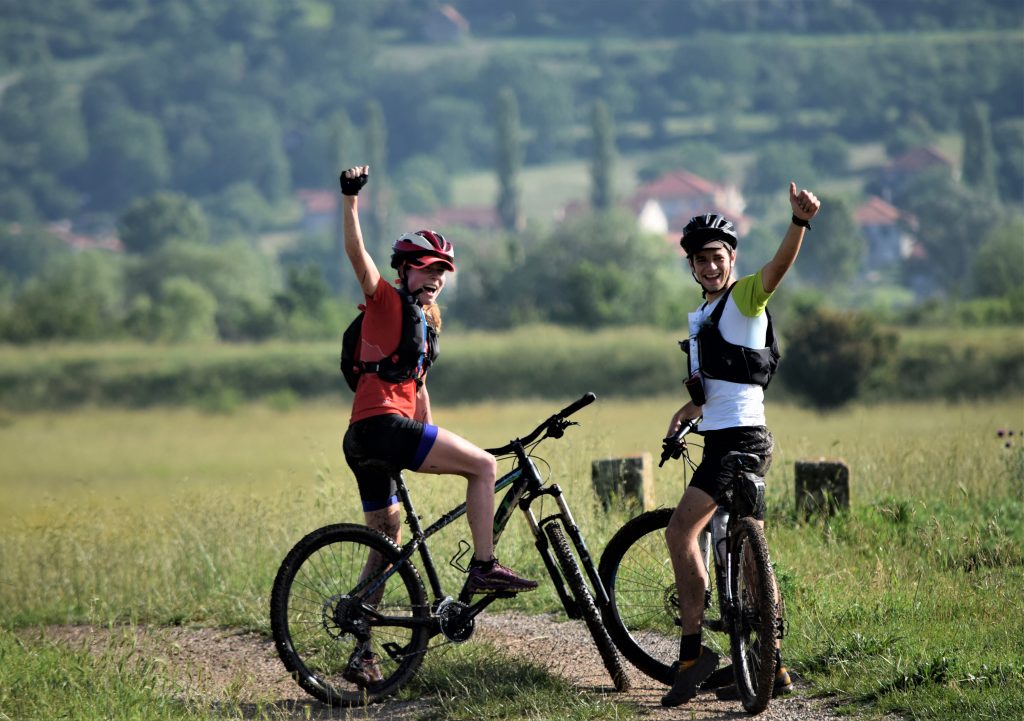

Numerous agencies with ideally designed arrangements will take care of the original experience of the “tamed wilderness” of the stunning Cetina region. Well-maintained bicycle paths will also take you along some ancient roads which have been touched with periods of rich yet very turbulent history. Recently, Sinj has also been the proud host of one stage of the exciting international Cro Race cycling race.
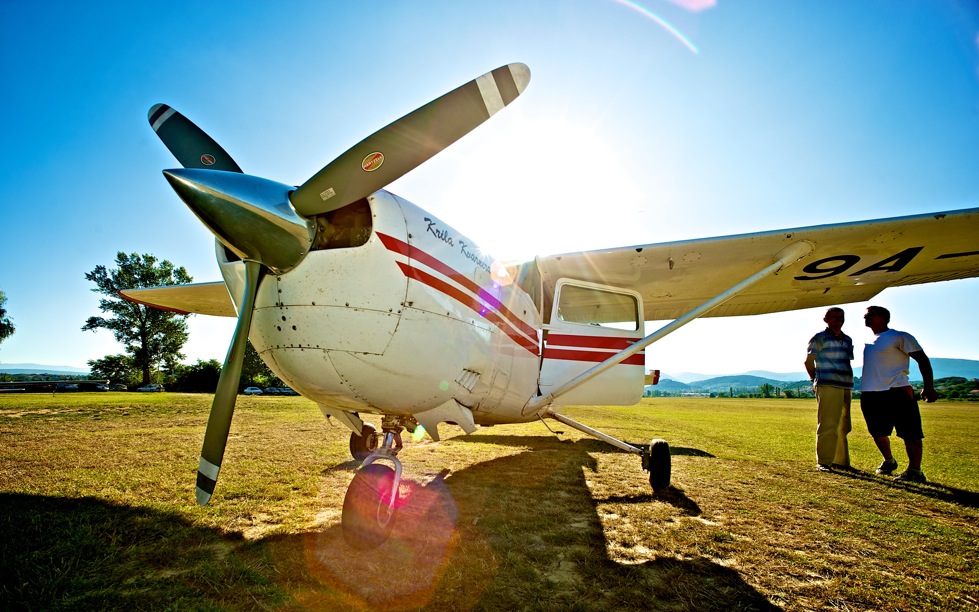
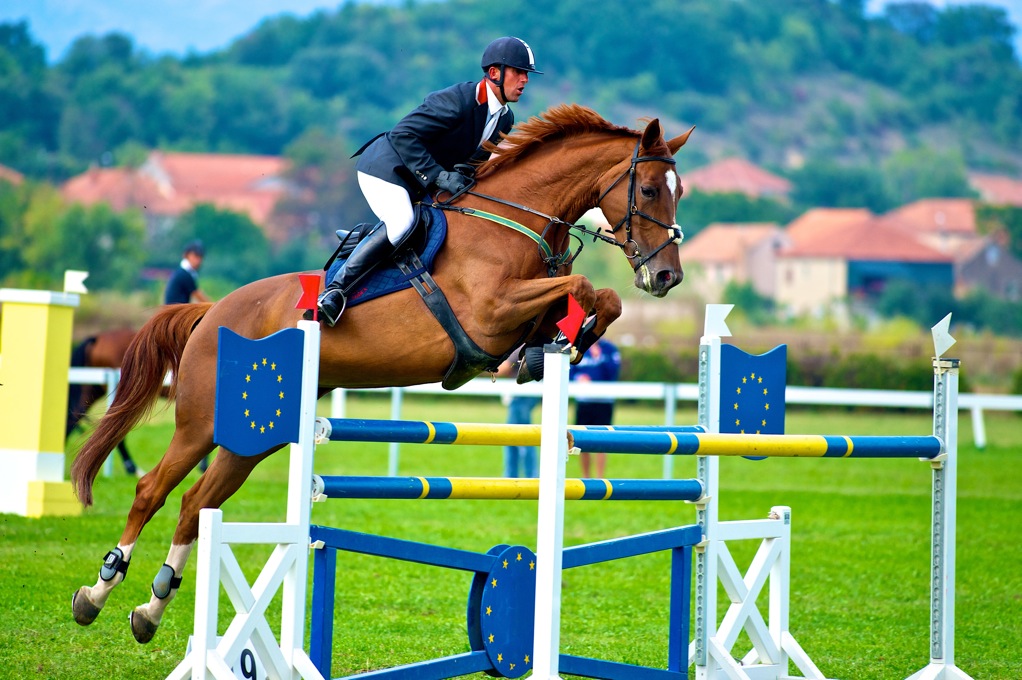
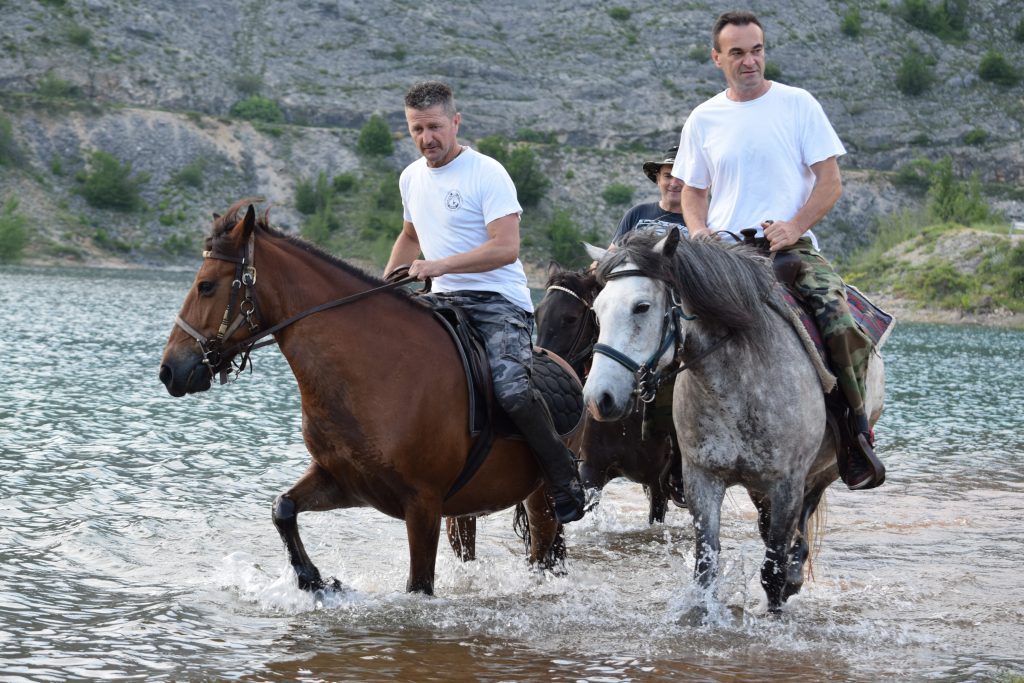
Closely associated with horse breeding and equestrian sports since way back in ancient times, Sinj also offers a newly built and superbly equipped riding hall and a great opportunity for visitors to come and ride. Safely seated on the saddle of a noble creature, at a light trot accompanied by the soothing patter of hooves, there couldn’t be a better way to explore the network of riding trails the Sinj area provides. A visit to the Sinj Hippodrome, the second largest in all of Croatia, and the impressive Alkar stud is certainly a unique experience for all.
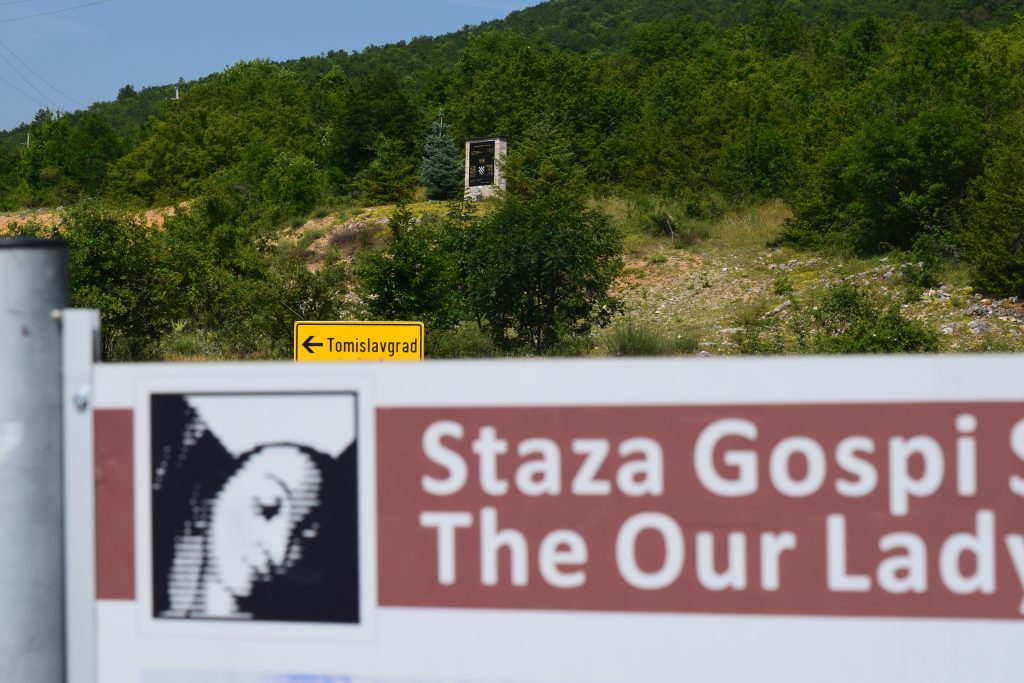
For all those who prefer to rely on themselves and discover things as they come by simply taking a walk – have no fear – whichever direction you head in, new panoramas and gorgeous picturesque corners of the area unfold before your eyes as the most precious gifts.
You will find the inspiration of a spiritual pilgrimage if you decide to walk along the well known Path of Our Lady of Sinj, known as the wonderful “Croatian Camino”, as well as along the path which takes you towards Sinj’s Old Town, which boasts fourteen ‘’Stations of the Cross’’ and various astonishing works by great Croatian sculptors, all in an idyllic wooded location.
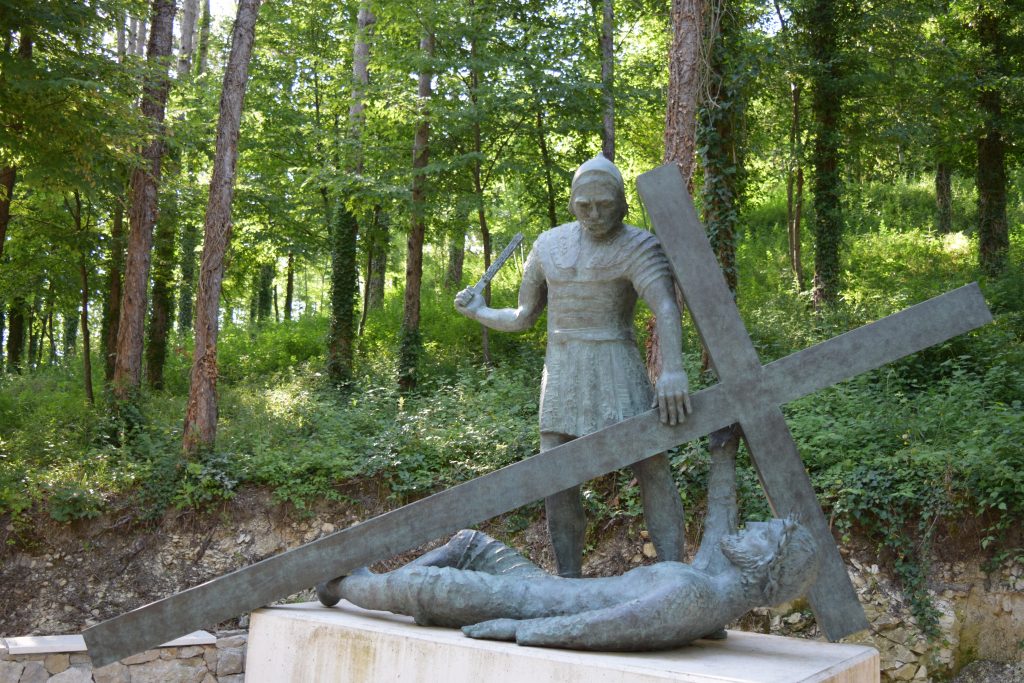

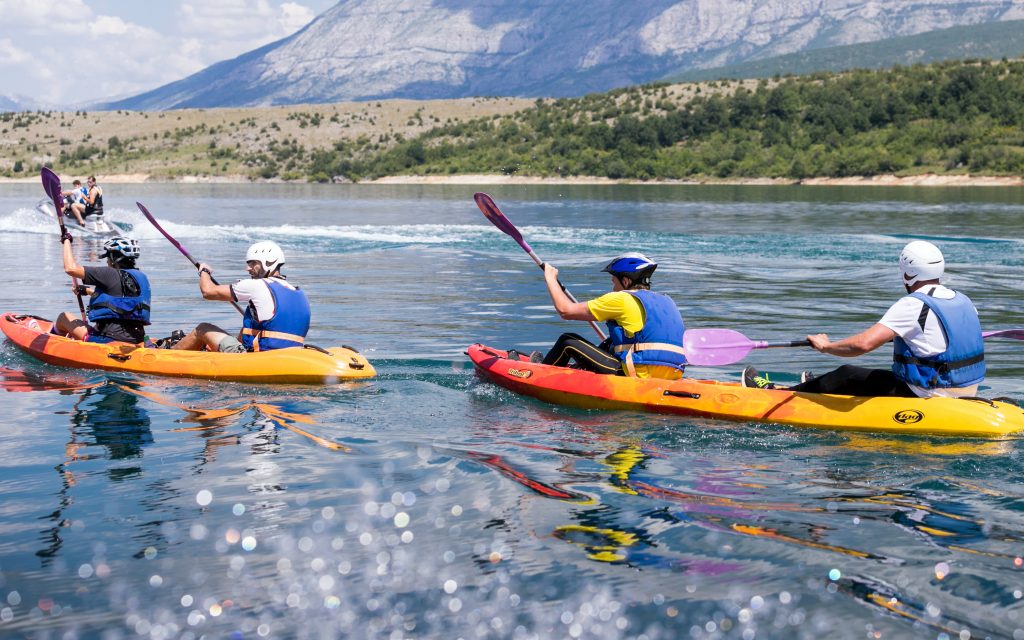
Adrenaline-seeking visitors can try their hands at canoeing through the rapids of the Cetina River, paragliding or even skydiving – Sinj even has a functional sports airport! Even certain larger cities might rightfully envy Sinj’s very well developed sports infrastructure: tennis courts, football and rugby stadiums, an athletics track, and believe it or not, a city swimming pool of Olympic dimensions which refreshes the people of Sinj and their guests during the hot summer months.
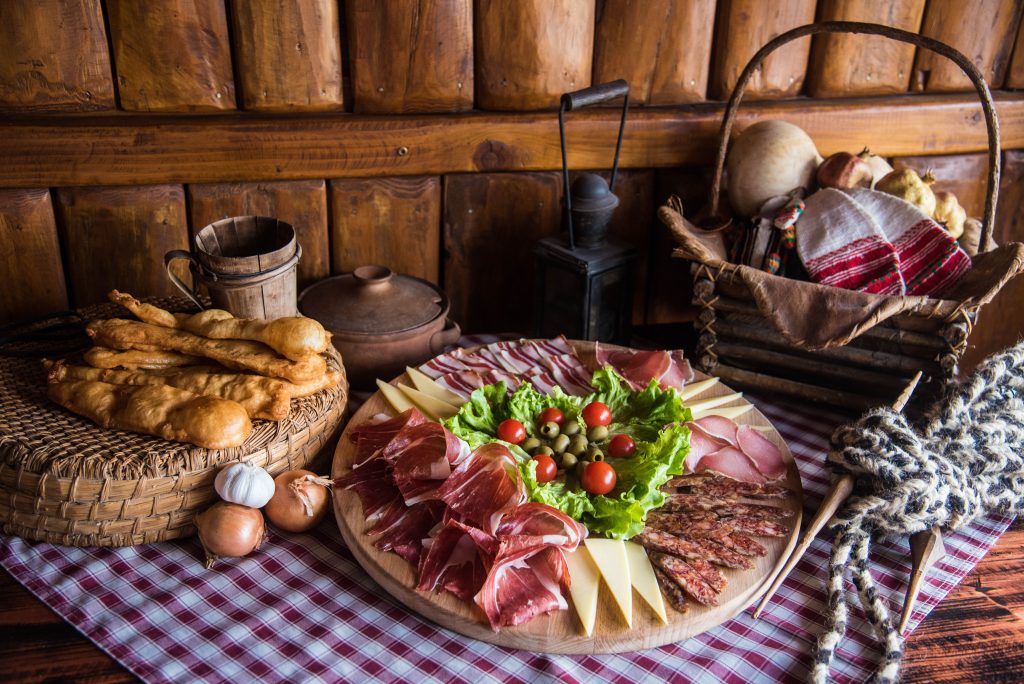
However, none of the buildings and activities would be worth what they are if it weren’t for the warm hospitality shown by Sinj’s residents and hosts – the people of Sinj are widely known as hosts who welcome people to their town with a full heart and a full table – they will open their doors to every traveller. The rich and unique gastronomy of this area is the result of centuries of contact, which hasn’t always been friendly, between East and West, the Mediterranean and the continent.

Sinj arambaši are a world-famous delicacy without which no celebration will be complete, homemade prosciutto whipped into its perfect shape and taste by the harsh bura winds, mišni cheese ( cheese made from sheep’s milk which also then ages in sheepskin) accompanied by the enticing taste of fragrant herbs growing on nearby mountain pastures will overshadow all other foods… In Sinj, food is truly an art.
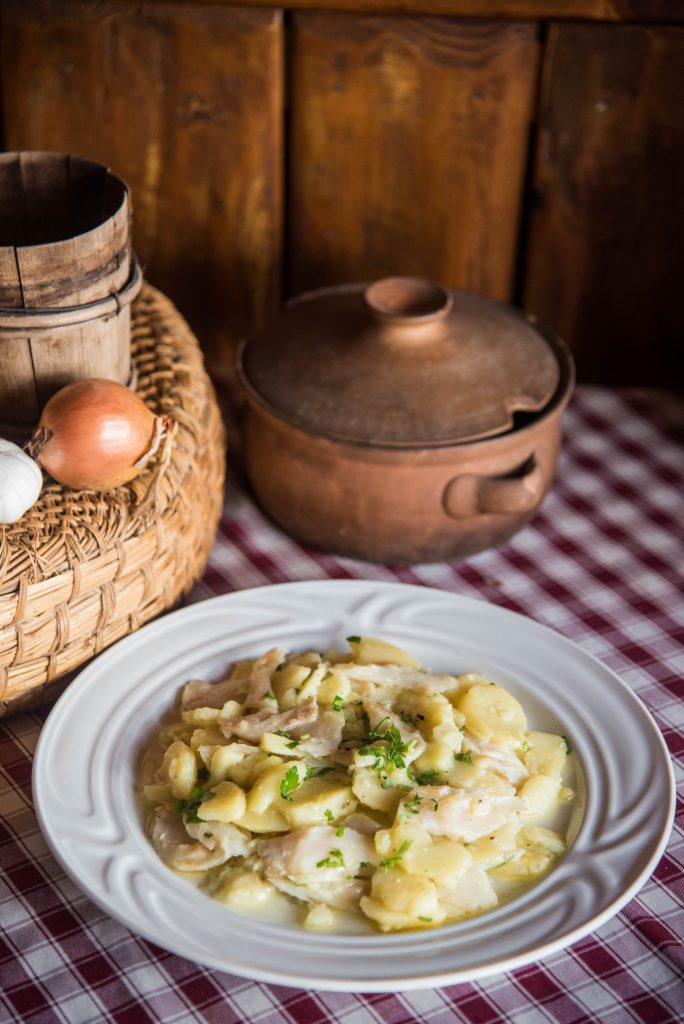
Always at the hub and crossroads of civilisations, Sinj, known as the town of knights, is situated under the remains of the Grad fortress, on which sits a small votive church built on the two hundredth anniversary of their arrival from Rama (which is now within the borders of Bosnia and Herzegovina). The fateful exodus of the people fleeing from the marauding Ottomans and their oppression forever marked the identity of this heroic town – the town of the Alka of Sinj and the Miraculous Lady of Sinj.
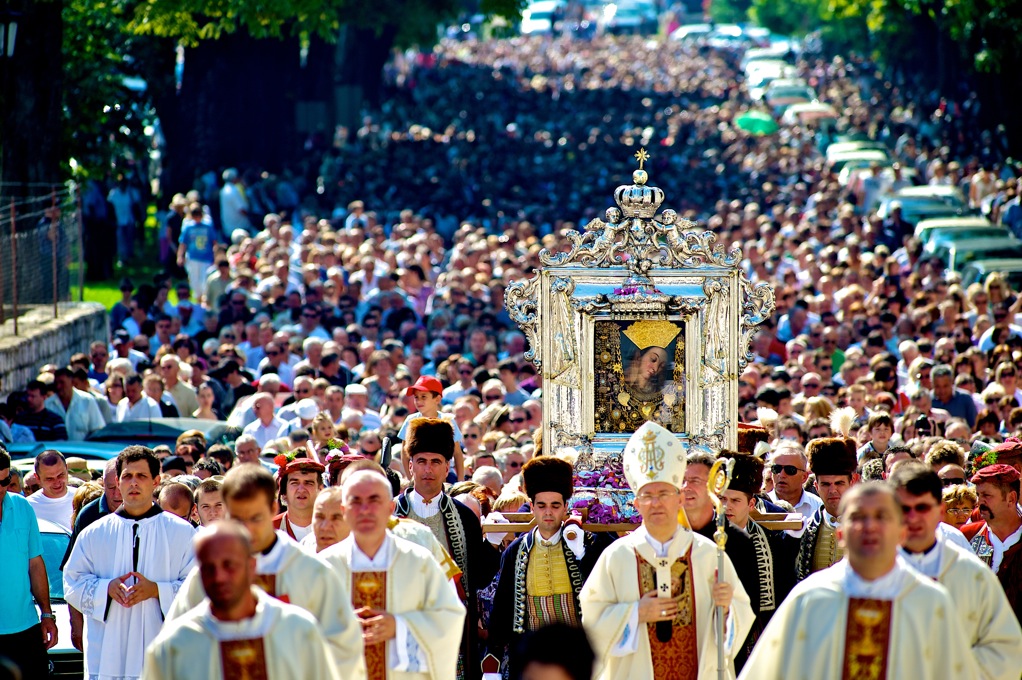
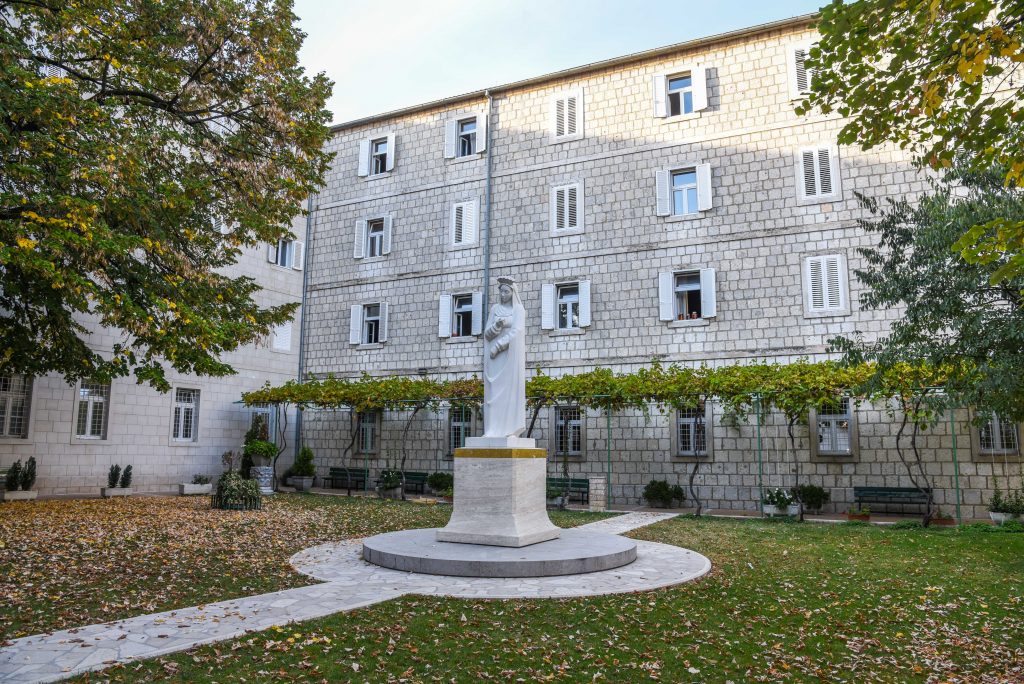

Its historic victory in 1715 gave birth to the ‘’knight’s game’’, which has now entered its fourth century and is also protected by UNESCO due to its priceless value. The unbreakable bond and gratitude to the Mother of God springs from every corner, and most of all in the magnificent sanctuary of the Miraculous Lady of Sinj, the most faithful advocate of the Croats, always full of believers eager for comfort and hope. Last year, the sanctuary also hosted an important Congress of the Spiritual Heritage of Marian Shrines.

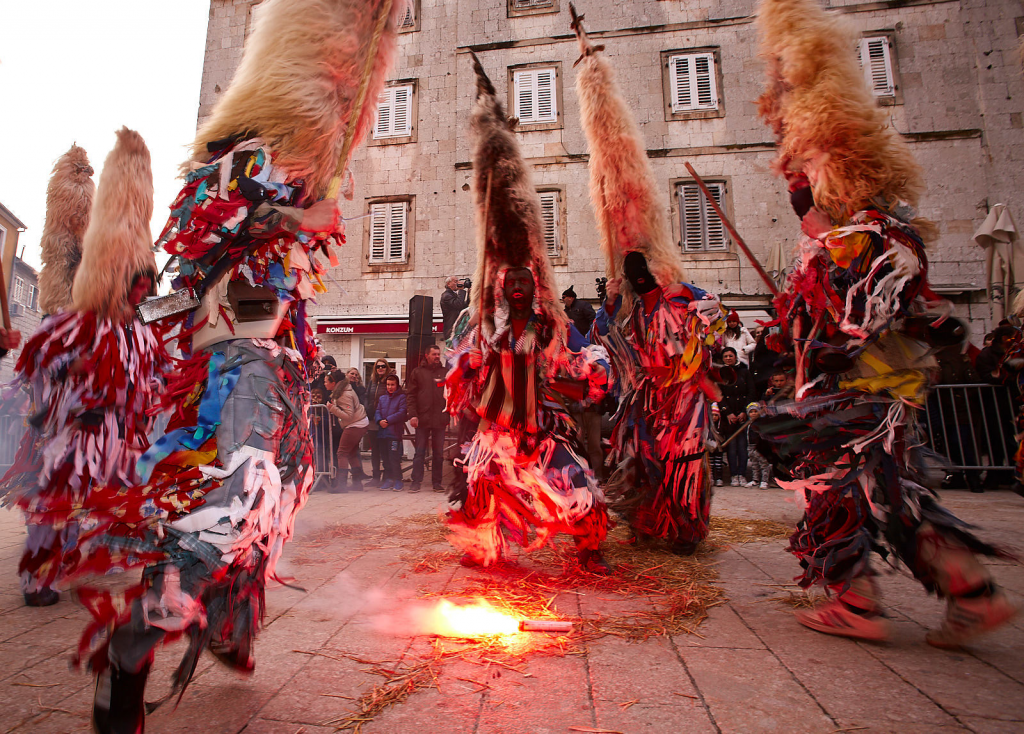
The museums of Sinj both exhibit and nurture the fruits of the area’s utterly rich cultural and historical heritage, and the galleries are popular places for interesting events, concerts and exhibitions of both local and foreign artists. The Museum of the Sinj Alka doubles up as an innovative and interactive centre that successfully combines tradition and modernity.

If you happen to find yourself in Sinj during the time of the carnival, get ready for a surprise. The traditional carnival processions of Podkamešnica villages (villages situated under the Kamešnica mountain), the famous and imposing Didi from Kamešnica will certainly impress you with his appearance and performance. He’ll also effortlessly drive away the ghosts of winter.

The defiance and resilience of Sinj’s local population is also reflected in what’s known as the traditional silent circle dance performed almost exclusively without music, (Croatian: nijemo kolo), the value of which was also readily recognised by UNESCO and included in the Representative List of the Intangible Cultural Heritage of Humanity back in 2011. The sounds of the old ojkavica/ojkanje and the rera are still passed down from generation to generation in the Dalmatian hinterland.
Ojkavica, which got its name from the characteristic exclamation oj, has also been on the UNESCO list of Endangered World Heritage since 2010. Rera, a vivid two-part song, is deeply rooted in the identity of the people of the Cetina region and often describes everyday occurrences, conflicts between neighbouring villages and local characters and customs. It also mocks human flaws and weaknesses, often with very specially chosen vocabulary.


Skilled local hands remain the living witnesses of all of these often ancient traditions – they weave the heritage of their ancestors into every stone of the dry walls of the Dalmatian hinterland, and with every stroke of the oar against the Cetina’s crystalline waters. The art of boat building in Otok near Sinj is a protected intangible asset of the Ministry of Culture of the Republic of Croatia. Today, Cetina boat races and events such as the Žabarijada (a frog jumping competition), the cleaning of the Cetina river bed and traditional fishing from a locally constructed Cetina boat are all held.
Another recognisable Croatian (and Dalmatian) art also finds itself UNESCO’s Representative List of the Intangible Heritage of Humanity – the art of drywall construction – this is a monument more permanent than brass. Hardworking calloused hands took away the karst stone by stone and created wonderful, apparently eternal structures, passing on valuable knowledge to future generations.
That’s how Sinj has become very well known as a real mosaic of perfectly arranged stones – rich gastronomy, remarkable natural beauty, warm-hearted local people, and plenty of things to do – all of which successfully creates a true masterpiece of the Dalmatian hinterland.

More: visitsinj.hr
Photo: Sinj tourist board
This post is also available in: Croatian




